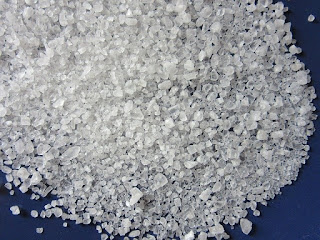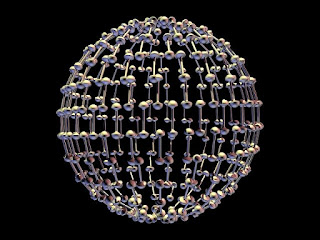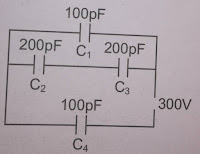All Derivations of Ray Optics Class 12 ( Ray Optics )
All Derivations of Ray Optics Class 12
All Derivations of Ray Optics Class 12 ( Important derivations)
Five Marks
- a)With the help of a suitable ray diagram , derive the mirror formula for a concave mirror .
b)The near point of a hypermetropic person is 50 cm from the eye . What is the power of the lens required to enable the person to read clearly a book held at 25cm from the eye ?(CBSE 2009) - Trace the ray of light showing the formation of image due to a point object placed on the axis of a spherical surface separating the two media of refractive indices n1 and n2 . Establish the relation between the distances of the object , the image and the radius of curvature from the central point of the spherical surface . Hence , derive the expression of lens maker's formula .Or
Draw the labelled ray diagram for the formation of image by a compound microscope . Derive the expression for the total magnification of a compound microscope . Explain why both the objective and eye pieces of a compound microscope must have short focal lens .
(CBSE 2009) - Draw a ray diagram to show the working of a compound microscope . Deduce an expression for the total magnification when the final image is formed at the near point . In a compound microscope , an object is placed at a distance of 1.5 cm from the objective of focal length 1.25 cm . If the eye piece has a focal length of 5 cm and the final image is formed at the near point , estimate the magnifying power of the microscope .(CBSE 2010)Three marks
- A convex lens made up of glass of refractive index 1.5 is dipped , in turn , in :
i) Medium A of refractive index 1.65
ii)Medium B of refractive index 1.33
Explain , giving reason , whether it will behave as a converging lens or a diverging lens in each of these two mediums .
(CBSE 2006) - Define the term ' resolving power ' of an astronomical telescope . How does it get affected on ?
i) Increasing the aperture of the objective lens ?
ii)Increasing the wavelength of the light used ?
Justify your answer in each case .
(CBSE 2007) - Three light rays red (R) , green (G) and blue (B) are incident on a right angled prism 'abc' at the face 'ab '. The refractive indices of the material of the prism for red , green and blue wavelength are 1.39 , 1.44 and 1.47 respectively . Out of the three which colour ray will emerge out of face 'ac' ? Justify your answer . Trace the path of these rays after passing through face 'ab' .
(CBSE 2009) - A convex lens made up of glass of refractive index 1.5 is dipped , in turn , in :i) Medium A of refractive index 1.65ii)Medium B of refractive index 1.33
a)Will it behave as a converging or diverging lens in the two cases ?b)How will its focal length change in the two media ?
(CBSE 2011)
Two marks
- i)Out of blue and red light which is deviated more by a prism ? Give reason.
ii)Give the formula that can be used to determine refractive index of materials of a prism in minimum deviation condition .(CBSE 2010) - A convex lens of focal length f1 is kept in contact with a concave lens of focal length f2 . Find the focal length of the combination .(CBSE 2013)
- Use the mirror equation to show that an object placed between f and 2f of a concave mirror produces a real image beyond 2f .(Delhi 2015)
- A ray PQ incident on the refracting face BA is refracted in the prism BAC as shown in the figure and emerges from the other refracting face AC as RS such that AQ = AR . If the angle of prism A = 60° and refractive index of material of prism is √3 , calculate angle θ .(A.I. 2016)
These are All the Important derivations of Ray optics for Class 12 which are sorted from the previous year papers of 10 years.












thank you so much!
ReplyDeleteWelcome
DeleteThank you it helped me alot
ReplyDeleteWelcome
DeleteThank you it helped me alot
ReplyDeleteThank you it helped me alot
ReplyDeleteThank euu soo mch
ReplyDeleteThankyou so much
ReplyDelete